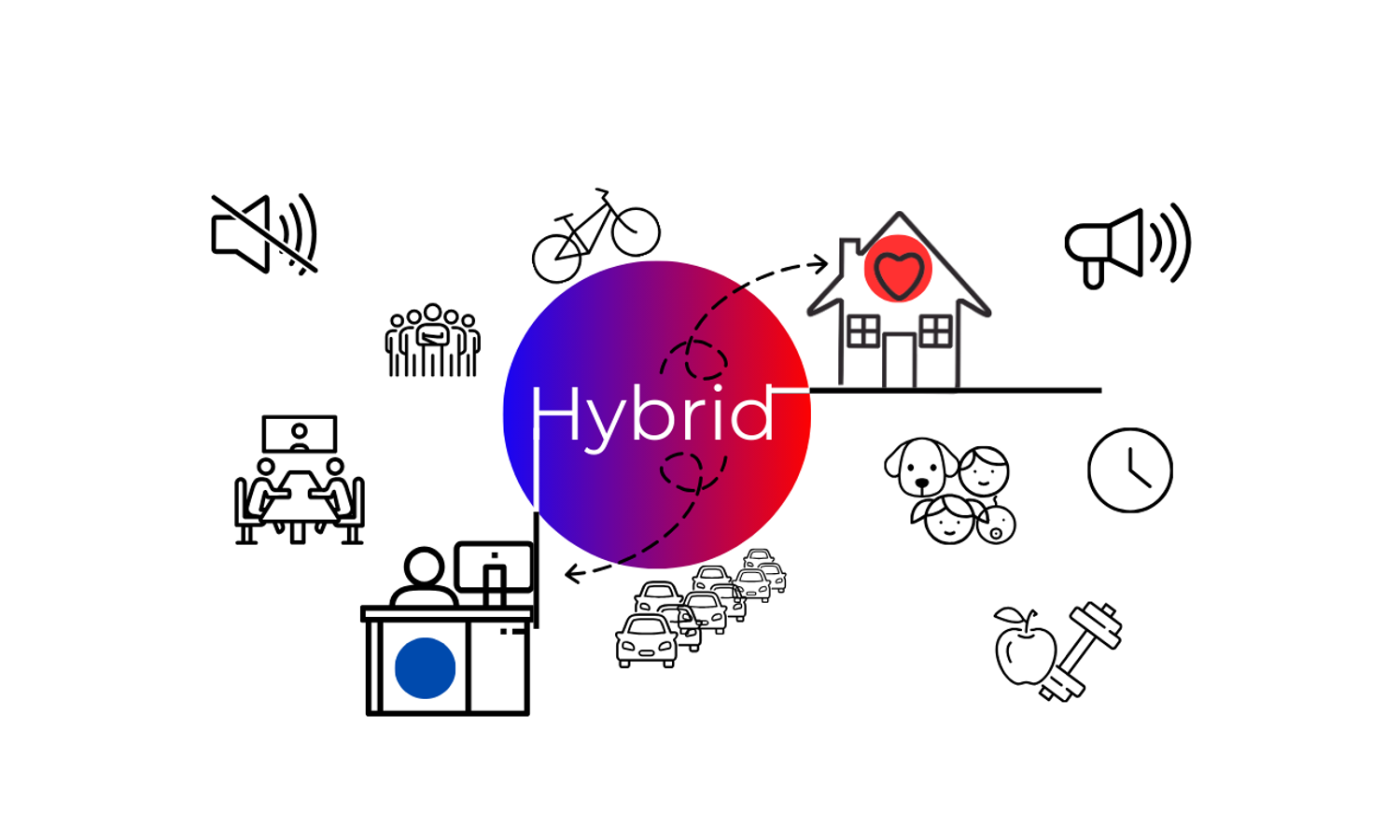How can organisational culture foster innovation?
The Foundations of a Culture of Innovation
To truly understand how organisational culture can foster innovation, we must first explore the foundational elements that constitute such a culture. Drawing from studies in organisational psychology and management, we unravel the essential components:
Psychological Safety: Research by E. M. Nembhard and A. C. Edmondson in "Psychological Safety: A Foundation for Speaking Up, Collaboration, and Experimentation" (2006) emphasises the role of psychological safety in innovation. When employees feel safe to express ideas, take risks, and make mistakes without fear of repercussions, the environment becomes conducive to innovation.
Open Communication Channels: Effective communication channels, both formal and informal, play a pivotal role. A study by F. W. Organ and C. R. Greene in "The Effects of Formal and Informal Communication Patterns on Employee Reactions to Change" (1981) highlights how open communication facilitates the sharing of ideas and feedback essential for innovation.
Leadership Support: Leadership sets the tone for innovation. Research published in the "Harvard Business Review" by G. Hamel in "Moon Shots for Management" (2009) underscores the importance of leadership's commitment to fostering innovation and creating a culture that encourages experimentation.
Nurturing Innovation Through Cultural Elements
Having established the foundational elements, we proceed to explore specific cultural aspects that nurture innovation:
Tolerance for Failure: Failure is often a stepping stone to innovation. A culture that views failure as a valuable learning experience, as discussed in "Learning from Failure in Health Care: Frequent Opportunities, Pervasive Barriers" by A. C. Edmondson and R. M. Bohmer (2011), encourages risk-taking and experimentation.
Diversity and Inclusivity: Diverse teams bring diverse perspectives. Research by S. G. Scott and R. A. Bruce in "Determinants of Innovative Behavior: A Path Model of Individual Innovation in the Workplace" (1994) suggests that diverse teams are more likely to generate innovative ideas. Inclusivity ensures that diverse voices are heard and valued.
Time and Resource Allocation: Allocating time and resources for innovation is crucial. The "Journal of Business Research" article by F. W. Organ and P. D. Near in "Cognition vs. Conation: A Comparison of Two Theoretical Frameworks for the Study of Entrepreneurship" (1985) highlights the importance of providing employees with the necessary resources and autonomy to innovate.
No discussion of organisational culture and innovation is complete without real-world examples. We showcase how renowned organisations have harnessed their cultures to drive innovation:
Google's 20% Time: Google's "20% time" policy, as featured in "Drive: The Surprising Truth About What Motivates Us" by Daniel H. Pink (2009), allows employees to spend 20% of their work hours on projects of their choosing. This initiative has led to innovations like Gmail and Google News.
Apple's Design-Centric Culture: Apple's unwavering commitment to design excellence, discussed in "Design Thinking and Innovation at Apple" by J. M. Clifton (2012), has resulted in ground-breaking products that have transformed industries.
3M's Innovation Bootcamps: 3M's innovation bootcamps, as outlined in "Post-it Brand Innovation in an R&D Environment" by B. Freiberg and J. Freiberg (2013), encourage employees to collaborate across divisions and think creatively, fostering a culture of continuous innovation.
Conclusion
Innovation is not a solitary endeavour; it thrives in a culture that embraces it. This article has illuminated the integral role of organisational culture in nurturing innovation. By cultivating psychological safety, open communication, leadership support, and other cultural elements, organisations can create environments where innovation flourishes.
The journey towards a culture of innovation requires dedication, adaptability, and a deep understanding of the psychological and cultural factors that drive it. By prioritising innovation within the cultural framework, organisations can position themselves as leaders in their respective industries, ready to tackle the challenges of tomorrow.
FAQs
Q1: How can I foster a culture of innovation within my organisation?
A1: Start by prioritising psychological safety, open communication, and leadership support. Encourage risk-taking, embrace diversity, allocate resources for innovation, and learn from failure.
Q2: Are there any scientific references that highlight the benefits of a culture of innovation?
A2: Yes, numerous studies and articles in organisational psychology and management highlight the positive impact of a culture of innovation on organisational performance and adaptability.
Q3: What are some practical steps to promote innovation within a team or department?
A3: Encourage idea sharing, provide dedicated time for innovation projects, foster cross-functional collaboration, and celebrate and reward innovative efforts within the team.
References
Nembhard, E. M., & Edmondson, A. C. (2006). Psychological Safety: A Foundation for Speaking Up, Collaboration, and Experimentation.
Organ, F. W., & Greene, C. R. (1981). The Effects of Formal and Informal Communication Patterns on Employee Reactions to Change.
Hamel, G. (2009). Moon Shots for Management.
Edmondson, A. C., & Bohmer, R. M. (2011). Learning from Failure in Health Care: Frequent Opportunities, Pervasive Barriers.
Scott, S. G., & Bruce, R. A. (1994). Determinants of Innovative Behavior: A Path Model of Individual Innovation in the Workplace.
Organ, F. W., & Near, P. D. (1985). Cognition vs. Conation: A Comparison of Two Theoretical Frameworks for the Study of Entrepreneurship.
Pink, D. H. (2009). Drive: The Surprising Truth About What Motivates Us.
Clifton, J. M. (2012). Design Thinking and Innovation at Apple.
Freiberg, B., & Freiberg, J. (2013). Post-it Brand Innovation in an R&D Environment.

Mojo is our online employee motivation platform that drives productivity, wellbeing and resilience
- Improved employee motivation, wellbeing and resilience
- Sustainable productivity growth
- Talent attraction & retention
- Better customer service
- The Human Energy Transition
(from Extrinsic to Intrinsic motivation)


